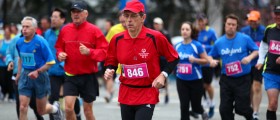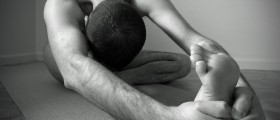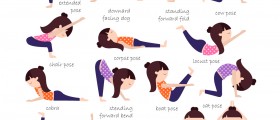
Every time we breathe in (inhale) our body receives vitally important oxygen. Every time we breathe out (exhale), our body gets rid of excess carbon dioxide.
What is Normal Breathing Rate?
Breathing rate in general is the number of breaths (inhaling and exhaling) calculated per one minute, measured when the person is resting. Scientists concluded that normal breathing rate in adults is somewhere around 12 breaths in one minute.
Any disease or breathing problem may affect the normal breathing rate of a person. Also, level of physical activity changes your breathing rate. A person working out may breathe 14, 16 and sometimes even 20 breaths per minute.
You Can Control Your Breathing Rate – Yogic Breathing
Doctors agree that you should always control your breathing. Slower and rhythmic breathing is recommended for everyone, especially for people suffering from hypertension and heart-related problems, as well as for those experiencing panic attacks, anxiety, shallow breathing or tingling in the hands and feet.
Normal, healthy people are able to control their breathing, there is no mistake about it. All you need is to become aware of the breathing process and consciously take some action. There are few yoga breathing exercises that will definitely slow your breathing and improve your health.
Pranayam is the word used in yoga practice, to describe the “restraint of breath”. There are several breathing techniques, such as Kapalbhati, Bhramari or Anulom Vilom Pranayam, all of which are quite easy to learn.
For instance, in order for one to perform Kapalbhati Pranayam he/she needs to sit with his/her body straight. Then the person takes a deep breath and exhales through the nose only, as vigorously as he/she can. The process should be repeated in a rhythm the person finds most suitable. By doing so he/she should count 100 inhales and exhales.
This is only one example of many breathing techniques yoga recommends. In order to get familiar with order, do not hesitate and take up this magnificent discipline.

















Your thoughts on this
Loading...